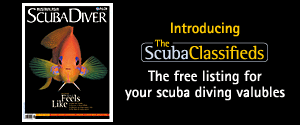- Home
- Directory
- Shop
- Underwater Cameras - Photographic Accessories
- Smartphone Housings
- Sea Scooters
- Hookah Dive Systems
- Underwater Metal Detectors
- Dive Gear
- Dive Accessories
- Diving DVD & Blu-Ray Discs
- Diving Books
- Underwater Drones
- Drones
- Subscriptions - Magazines
- Protective Cases
- Corrective Lenses
- Dive Wear
- Underwater Membership
- Assistive Technology - NDIS
- On Sale
- Underwater Gift Cards
- Underwater Art
- Power Stations
- Underwater Bargain Bin
- Brands
- 10bar
- AOI
- AquaTech
- AxisGo
- Backscatter Underwater Video and Photo
- BLU3
- Cayago
- Chasing
- Cinebags
- Digipower
- DJI
- Dyron
- Edge Smart Drive
- Eneloop
- Energizer
- Exotech Innovations
- Fantasea
- Fotocore
- Garmin
- Geneinno
- GoPro
- Hagul
- Hydro Sapiens
- Hydrotac
- Ikelite
- Indigo Industries
- Inon
- Insta360
- Intova
- Isotta Housings
- Jobe
- JOBY
- Kraken Sports
- LEFEET
- Mirage Dive
- Nautica Seascooters
- Nautilus Lifeline
- NautiSmart
- Nitecore
- Nokta Makro
- Oceanic
- Olympus
- OM System
- Orca Torch
- Paralenz
- PowerDive
- QYSEA
- Scubajet
- Scubalamp
- Sea & Sea
- SeaDoo Seascooter
- SeaLife
- Seavu
- Shark Shield
- Sherwood Scuba
- Spare Air
- StickTite
- Sublue
- Suunto
- SwellPro
- T-HOUSING
- Tusa
- U.N Photographics
- Venture Heat
- XTAR
- Yamaha Seascooter
- Youcan Robot
Artificial Shark Womb Makes Progress
Unborn wobbegong sharks are being raised inside an artificial womb as part of a world-first marine conservation experiment in Port Stephens.
Scientists hope the technology can be applied to the critically endangered grey nurse shark, whose young often eat each other inside the womb.
The wobbegong shark embryos have survived their first week inside the sterile tank at the Port Stephens Fisheries Centre, and will be ready to be "born" into a larger tank in two or three weeks.
"So far the pups look quite happy," the project's senior researcher, Dr Nick Otway, said. "They like to huddle up in the corner, but when one starts wriggling, they all start wriggling and swimming around a bit."
If the experiment is successful, grey nurse pups will eventually be raised in the artificial uterus.
Like wobbegongs, which are not a threatened species, grey nurse sharks hatch eggs inside their bodies and keep the pup sharks inside as they grow. Up to seven grey nurse pups are hatched at a time, but usually only the strongest two survive until birth after devouring their siblings.
The cannibalism is making it harder for the species to rebound from near-extinction, and scientists estimate that fewer than 500 grey nurse sharks survive off Australia's east coast. If the experiment succeeds, then eventually pregnant grey nurse sharks will have their embryos removed under anaesthetic, and raised in separate artificial wombs to prevent cannibalism.
Dr Otway said the plan was hatched by the Primary Industries Minister, Ian Macdonald, who was familiar with artificial insemination with cattle and challenged scientists to come up with something similar for endangered fish.
Mr Macdonald said he was looking for innovative ways to increase the grey nurse population, and had committed $400,000 to the artificial womb program.
The Nature Conservation Council of NSW, which is running an "adopt a shark" plan to support the grey nurse, welcomed the research effort but said that more should be done to protect the shark's habitat from commercial and recreational fishing.
From: Sydney Morning Herald
![]() Contributed by Tim Hochgrebe added 2008-09-15
Contributed by Tim Hochgrebe added 2008-09-15
![]() Login or become a member to join in with this discussion.
Login or become a member to join in with this discussion.

 Sealife Cameras
Sealife Cameras
SeaLife Cameras is the market leading manufacturer of compact underwater cameras and accessories for underwater photography. Full range of SeaLife products in the underwater shop. Guaranteed best price.
Shopfront
-
 Kraken Remote Control RC02
Kraken Remote Control RC02
- Price A$ 379.00
-
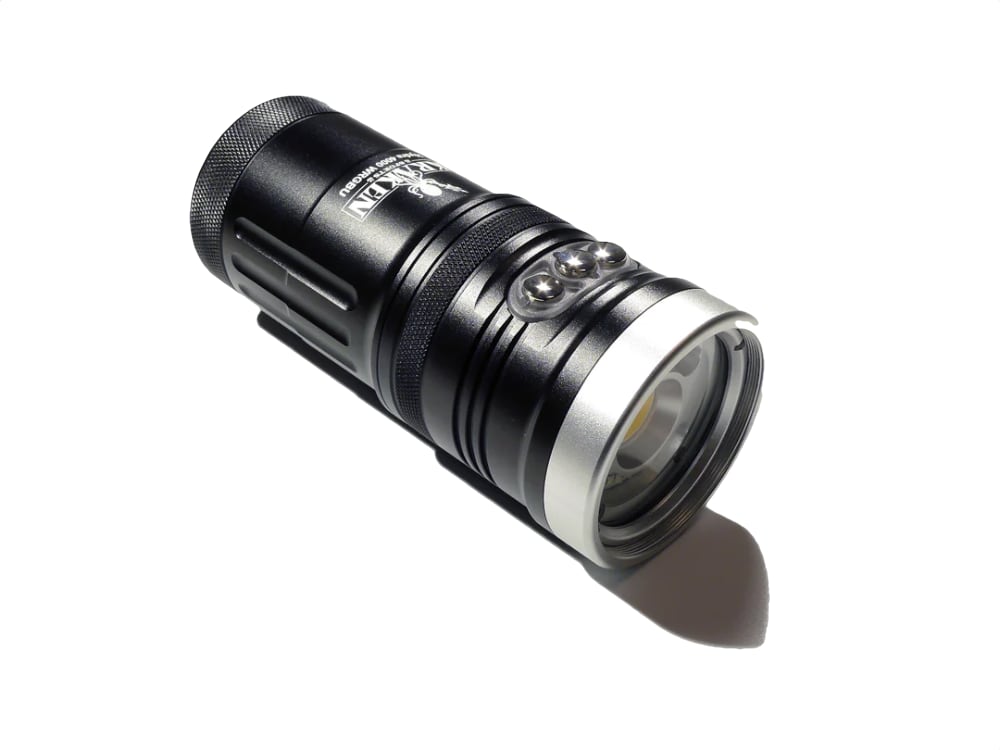 Kraken Hydra 4000 WRGBU
Kraken Hydra 4000 WRGBU
- Price A$ 739.00
-
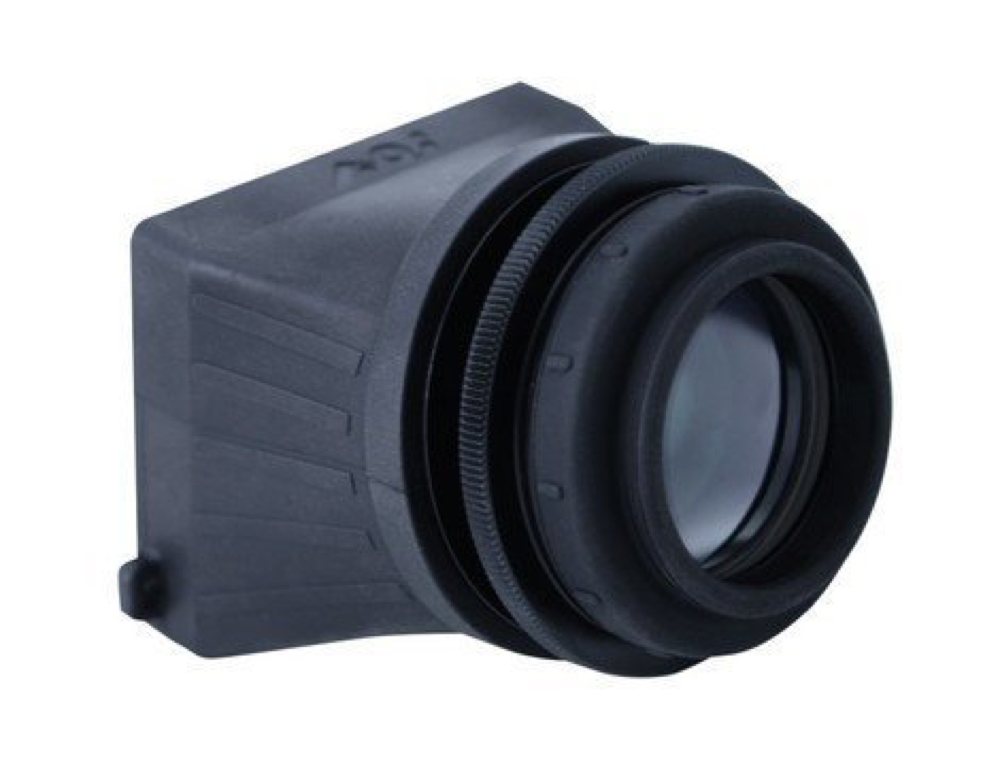 AOI UMG-01 LCD Underwater Magnifier for Olympus and OM System
AOI UMG-01 LCD Underwater Magnifier for Olympus and OM System
- Price A$ 269.00
-
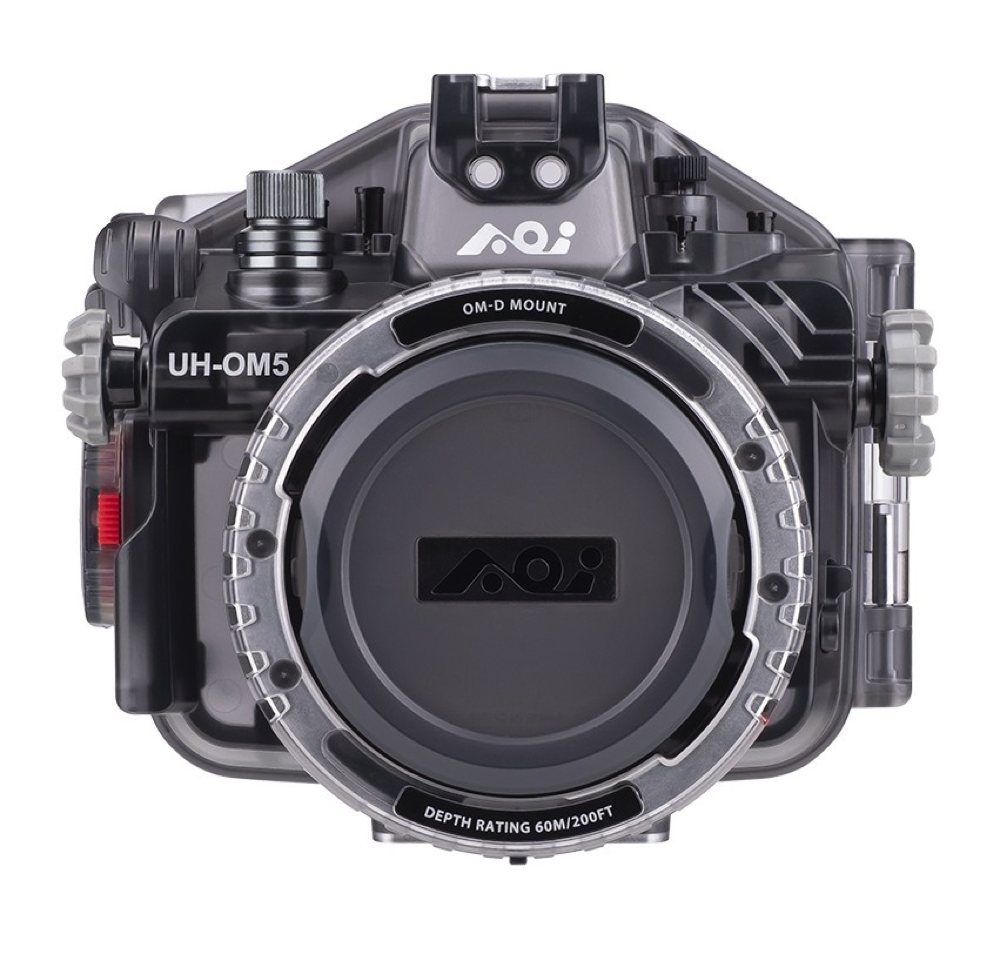 AOI UH-EM5III and UH-OM5 Underwater Housing for Olympus OM-D E-M5 III and OM System OM-5
AOI UH-EM5III and UH-OM5 Underwater Housing for Olympus OM-D E-M5 III and OM System OM-5
- Price A$ 1,469.00
-
 Suunto D5 Dive Computer with USB Cable
Suunto D5 Dive Computer with USB Cable
- Price A$ 749.00
-
 Inon UCL-G55 SD Underwater Close-up Lens
Inon UCL-G55 SD Underwater Close-up Lens
- Price A$ 529.00
-
 SeaLife - SportDiver ULTRA Pro 2500 Set
SeaLife - SportDiver ULTRA Pro 2500 Set
- Price A$ 1,299.00
Articles
-
 Using my Tokina 10–17mm Fisheye lens
Using my Tokina 10–17mm Fisheye lens
by John Natoli
- I had only just booked a trip to Vanuatu to dive the President Coolidge ... and I thought “That’s it! I need that lens for the Vanuatu trip” ......



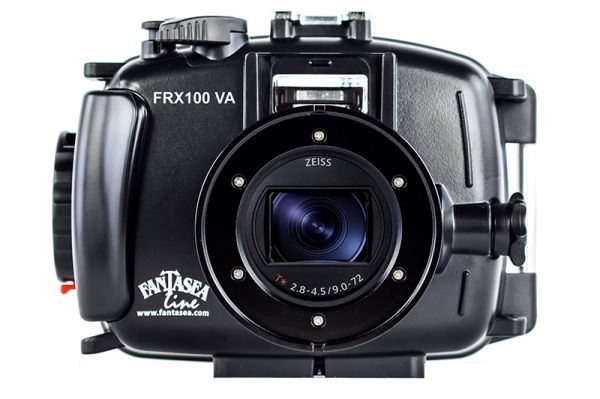 Fantasea FRX100 VA Vacuum Underwater Housing for Sony RX100 III / IV / V / VA
Fantasea FRX100 VA Vacuum Underwater Housing for Sony RX100 III / IV / V / VA


